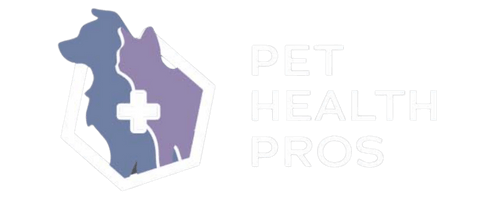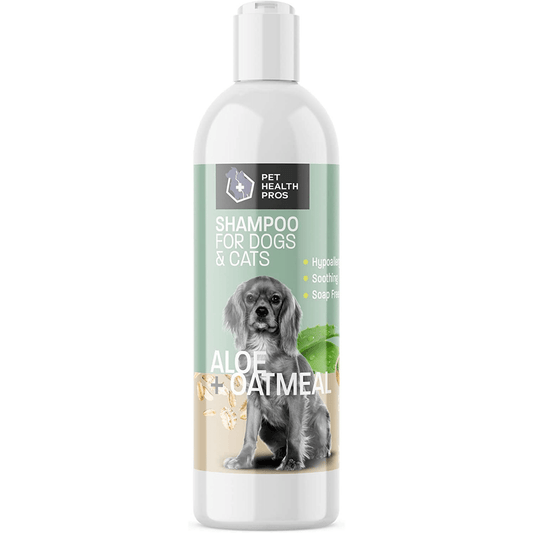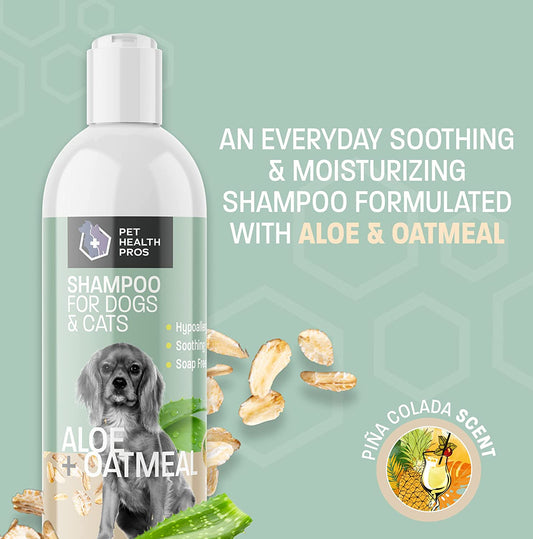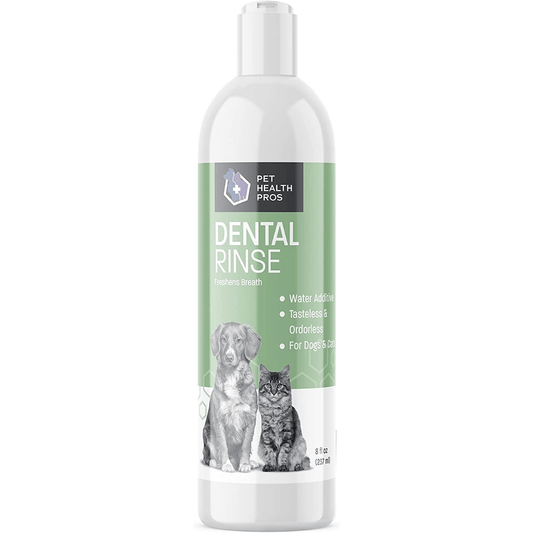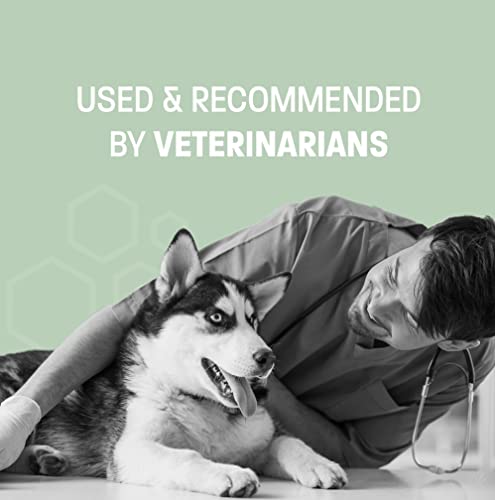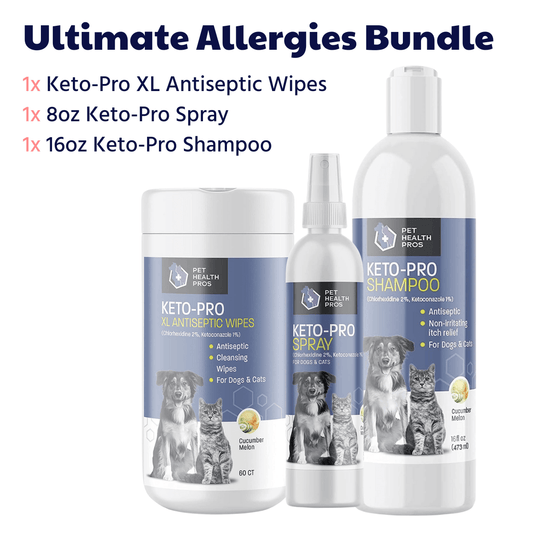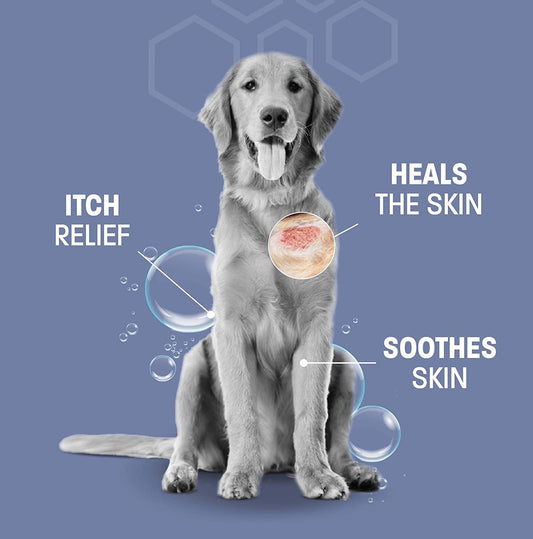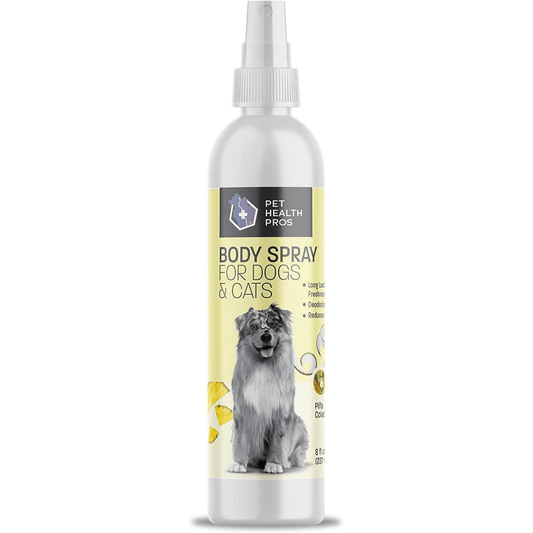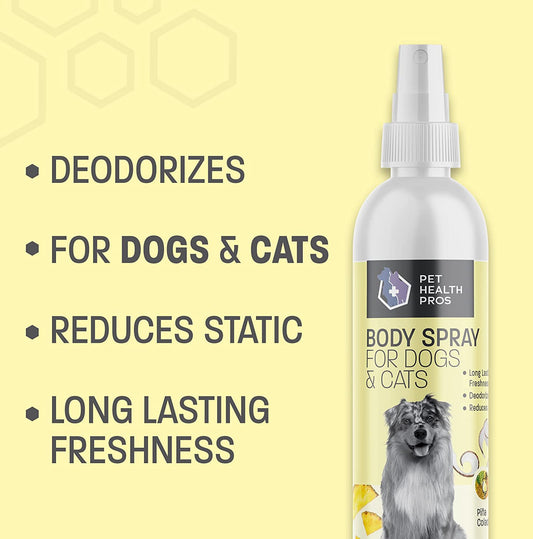Understanding the unique needs of cats and dogs is essential for providing them with a happy, healthy life. This comprehensive guide from Pet Health Pros will explore various aspects of pet care, from nutritional requirements to grooming and exercise needs. Our aim is to help pet owners better understand their furry friends and ensure they receive the best possible care.
Key Takeaways
- Cats and dogs have distinct nutritional needs that must be met for optimal health.
- Behavioral differences between cats and dogs require different approaches to training and interaction.
- Regular vet visits and a proper vaccination schedule are crucial for maintaining your pet's health.
- Creating a safe home environment involves pet-proofing, choosing appropriate toys, and ensuring outdoor safety.
- Both cats and dogs have specific grooming needs that must be addressed to keep them clean and comfortable.
Nutritional Needs of All Cats and Dogs
Essential Nutrients for Cats
Cats are obligate carnivores, meaning their diet must primarily consist of meat. Taurine is an essential amino acid that cats cannot produce on their own and must obtain from their diet. Additionally, cats require a higher amount of protein compared to dogs. Key nutrients include:
- Protein: Vital for muscle maintenance and energy.
- Fats: Provide essential fatty acids and energy.
- Vitamins and Minerals: Such as Vitamin A, Vitamin D, and calcium.
Essential Nutrients for Dogs
Dogs are omnivores and can thrive on a more varied diet. However, they still require specific nutrients to maintain optimal health. Important nutrients for dogs include:
- Protein: Necessary for growth and repair of tissues.
- Carbohydrates: Provide a source of energy.
- Fats: Essential for a healthy coat and skin.
- Vitamins and Minerals: Including Vitamin E, zinc, and iron.
Common Dietary Issues
Both cats and dogs can face dietary issues if their nutritional needs are not met. Common problems include obesity, food allergies, and digestive issues. It's crucial to monitor their diet and consult with a veterinarian for personalized care plans.
A balanced diet is key to preventing common dietary issues and ensuring your pet's overall well-being. Regular vet visits can help tailor their diet to their specific needs.
Behavioral Differences Between Cats and Dogs
Understanding Feline Behavior
Cats are known for their independence and territorial nature. They often prefer solitary activities and can be quite selective about their social interactions. Understanding a cat's body language is crucial for interpreting their mood and needs. For instance, a cat with an arched back and puffed-up fur is likely feeling threatened, while a slow blink from a cat is a sign of trust and affection.
Understanding Canine Behavior
Dogs, on the other hand, are pack animals and thrive on social interactions. They are generally more eager to please their owners and can exhibit a range of behaviors from playful to protective. Consistency in training and socialization is key to managing a dog's behavior. A wagging tail usually indicates happiness, but it's important to consider the entire body language to understand a dog's true feelings.
Training Tips for Both Pets
Training cats and dogs requires different approaches due to their distinct behaviors. For cats, positive reinforcement with treats and praise works best. Dogs respond well to a combination of positive reinforcement and consistent commands. Here are some tips for training both pets:
- Cats: Use treats and toys to reward good behavior. Keep training sessions short and fun.
- Dogs: Be consistent with commands and rewards. Socialize them early to different environments and people.
Both cats and dogs have unique behavioral traits that require understanding and patience. Tailoring your approach to each pet's needs will foster a harmonious relationship.
Health Care Essentials for Cats and Dogs
Regular veterinary check-ups are crucial for maintaining the health of your pets. These visits help in early detection of potential health issues and ensure that your pets are up-to-date with their vaccinations. Routine vet visits also provide an opportunity to discuss any concerns you may have about your pet's behavior, diet, or overall well-being.
Vaccinations are essential for preventing various diseases in both cats and dogs. It's important to follow a vet-recommended vaccination schedule to keep your pets protected. Typically, puppies and kittens require a series of vaccinations in their first year, followed by annual boosters. Consult your veterinarian to understand the specific needs of your pet.
Preventative care is key to ensuring a long and healthy life for your pets. This includes regular dental care, maintaining a balanced diet, and providing adequate exercise. Flea and tick prevention, along with heartworm medication, are also important aspects of preventative care. Understanding the importance of cat health and a clean litter box for overall well-being is crucial for cat owners. Emphasizing the link between cat health, veterinary care, dental hygiene, and nutrition can help in maintaining your pet's health.
Preventative care is not just about addressing issues as they arise but about taking proactive steps to ensure your pet's long-term health and happiness.
Creating a Safe Home Environment
Pet-Proofing Your Home
Ensuring your home is safe for your pets is crucial. Start by securing any hazardous materials, such as cleaning supplies and medications, in cabinets that your pets cannot access. Electrical cords should be hidden or covered to prevent chewing. Additionally, make sure that small objects that could be swallowed are kept out of reach.
Safe Toys and Accessories
When selecting toys and accessories for your pets, choose items that are specifically designed for their safety. Avoid toys with small parts that can be easily swallowed. Opt for durable materials that can withstand chewing and play. Regularly inspect toys for wear and tear and replace them as needed to prevent accidents.
Outdoor Safety Tips
If your pets spend time outdoors, it's important to create a secure environment. Ensure that your yard is fenced and that there are no gaps or holes where your pets could escape. Supervise your pets when they are outside to protect them from potential dangers such as traffic or other animals. Additionally, provide shaded areas and fresh water to keep them comfortable and hydrated.
A safe home environment is essential for the well-being of your pets. By taking the necessary precautions, you can prevent accidents and ensure that your pets are happy and healthy.
Grooming Needs for Cats and Dogs
Basic Grooming for Cats
Regular grooming is essential for maintaining your cat's health and well-being. Brushing your cat's fur helps to remove loose hair, reduce shedding, and prevent hairballs. It's important to use the right type of brush for your cat's coat length and texture. Additionally, trimming your cat's nails every few weeks can prevent overgrowth and reduce the risk of injury.
Basic Grooming for Dogs
Dogs require regular grooming to keep their coats clean and free of mats. Depending on the breed, your dog may need to be brushed daily or weekly. Bathing your dog with a pet-safe shampoo helps to remove dirt and allergens from their skin and fur. Don't forget to check and clean your dog's ears regularly to prevent infections.
Handling Shedding and Hairballs
Both cats and dogs shed, but the amount and frequency can vary. Regular brushing can help manage shedding and reduce the amount of loose hair in your home. For cats, hairballs can be a common issue. Providing a diet high in fiber and regular grooming can help minimize hairball formation. For dogs, using a de-shedding tool can be particularly effective in managing heavy shedding periods.
Grooming is not just about keeping your pet looking good; it's also about maintaining their overall health. Regular grooming sessions can help you spot potential health issues early, such as skin infections or parasites. This emphasizes the significance of grooming in pet health and bonding.
Exercise Requirements for Cats and Dogs
Indoor Activities for Cats
Cats are natural hunters and need activities that stimulate their instincts. Interactive toys like feather wands and laser pointers can provide excellent mental and physical exercise. Puzzle feeders are also a great way to keep them engaged. Regular play sessions, ideally twice a day, can help maintain their health and prevent obesity.
Outdoor Activities for Dogs
Dogs require more physical activity than cats and benefit greatly from outdoor exercises. Daily walks are essential, and the duration should be adjusted based on the dog's breed, age, and health. Fetch and agility training are excellent ways to keep dogs active and mentally stimulated. Socializing with other dogs at parks can also be beneficial.
Balancing Exercise and Rest
While exercise is crucial, it's equally important to ensure pets get adequate rest. Over-exercising can lead to injuries and fatigue. A balanced routine that includes both active play and rest periods is essential for the well-being of both cats and dogs.
Remember, every pet is unique. Tailor their exercise routines to their individual needs and consult with a veterinarian if unsure about the appropriate level of activity.
Understanding the Aging Process in Pets
Signs of Aging in Cats
As cats age, they may exhibit various signs that indicate they are entering their senior years. Common signs of aging in cats include reduced activity levels, changes in appetite, and cognitive decline. It's important to monitor your cat's behavior closely to spot any age-related changes early. Arthritis is also a frequent issue in older cats, leading to decreased mobility and discomfort.
Signs of Aging in Dogs
Dogs, like cats, show specific signs as they age. These can include a decrease in energy, changes in eating habits, and potential cognitive decline. Additionally, older dogs may suffer from arthritis, which can affect their ability to move comfortably. Regular vet visits are crucial to address these issues promptly.
Caring for Senior Pets
Caring for senior pets involves several key steps:
- Regular veterinary check-ups to monitor health
- Adjusting diet to meet changing nutritional needs
- Providing a comfortable living environment
- Ensuring they get appropriate exercise without overexertion
Understanding how to spot and address age-related changes in your pet's behavior is essential for their well-being. Recognizing signs like reduced activity, changes in appetite, and cognitive decline can help you provide the best care for your aging pet.
By following these guidelines, you can help ensure your senior pets live a comfortable and happy life.
Understanding the aging process in pets is crucial for ensuring their well-being and happiness. As pets age, they require special care and attention to maintain their health. Visit our website to explore a wide range of products specifically designed to support your aging pet's needs. From joint supplements to calming treats, we have everything to help your furry friend age gracefully.
Conclusion
In conclusion, understanding the unique needs of cats and dogs is essential for ensuring their health and happiness. By recognizing their distinct dietary, behavioral, and environmental requirements, pet owners can provide the best care for their furry companions. Pet Health Pros is dedicated to supporting pet owners in this journey by offering superior, affordable pet health supplies crafted in collaboration with veterinarians. With over fifty years of combined experience in Veterinary Medicine and Animal Health Management, our U.S.-based company guarantees top-grade ingredients and customer satisfaction. Trust Pet Health Pros to help you cater to the evolving needs of your pets, ensuring they lead healthier and happier lives.
Frequently Asked Questions
What are the essential nutrients for cats?
Cats require a diet rich in protein, taurine, vitamins, minerals, and fatty acids. Unlike dogs, they are obligate carnivores, meaning they need nutrients that are primarily found in animal products.
What are the essential nutrients for dogs?
Dogs need a balanced diet that includes proteins, carbohydrates, fats, vitamins, and minerals. They can eat a more varied diet compared to cats, including both animal and plant-based foods.
How often should I take my pet to the vet?
Routine vet visits are crucial for maintaining your pet's health. It's recommended to take your pet for a check-up at least once a year, though senior pets or those with health issues may need more frequent visits.
What are common dietary issues in pets?
Common dietary issues in pets include obesity, food allergies, and digestive problems. It's important to monitor your pet's weight and consult with a veterinarian to address any dietary concerns.
How can I create a safe home environment for my pet?
Pet-proofing your home involves removing hazards, securing trash cans, and keeping dangerous items out of reach. Providing safe toys and ensuring outdoor safety are also key to creating a secure environment for your pet.
What are some signs of aging in pets?
Signs of aging in pets include reduced activity levels, graying fur, weight changes, and increased health issues. Regular vet check-ups and a proper diet can help manage the aging process and ensure a good quality of life for senior pets.
